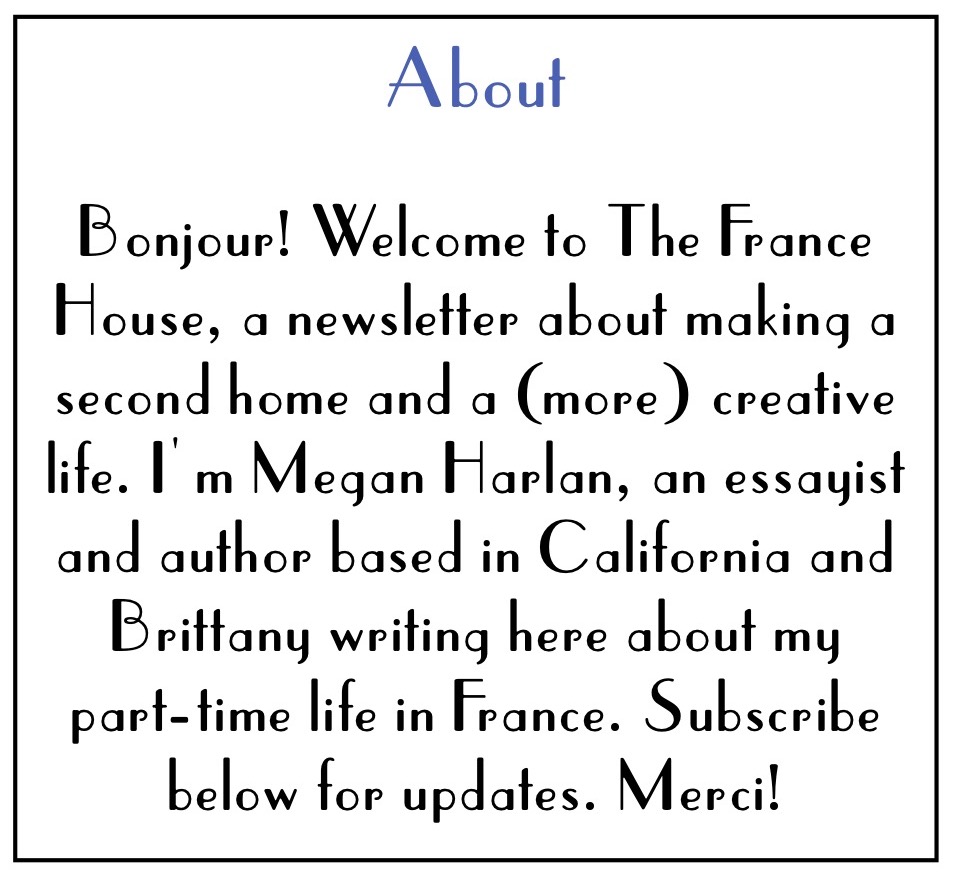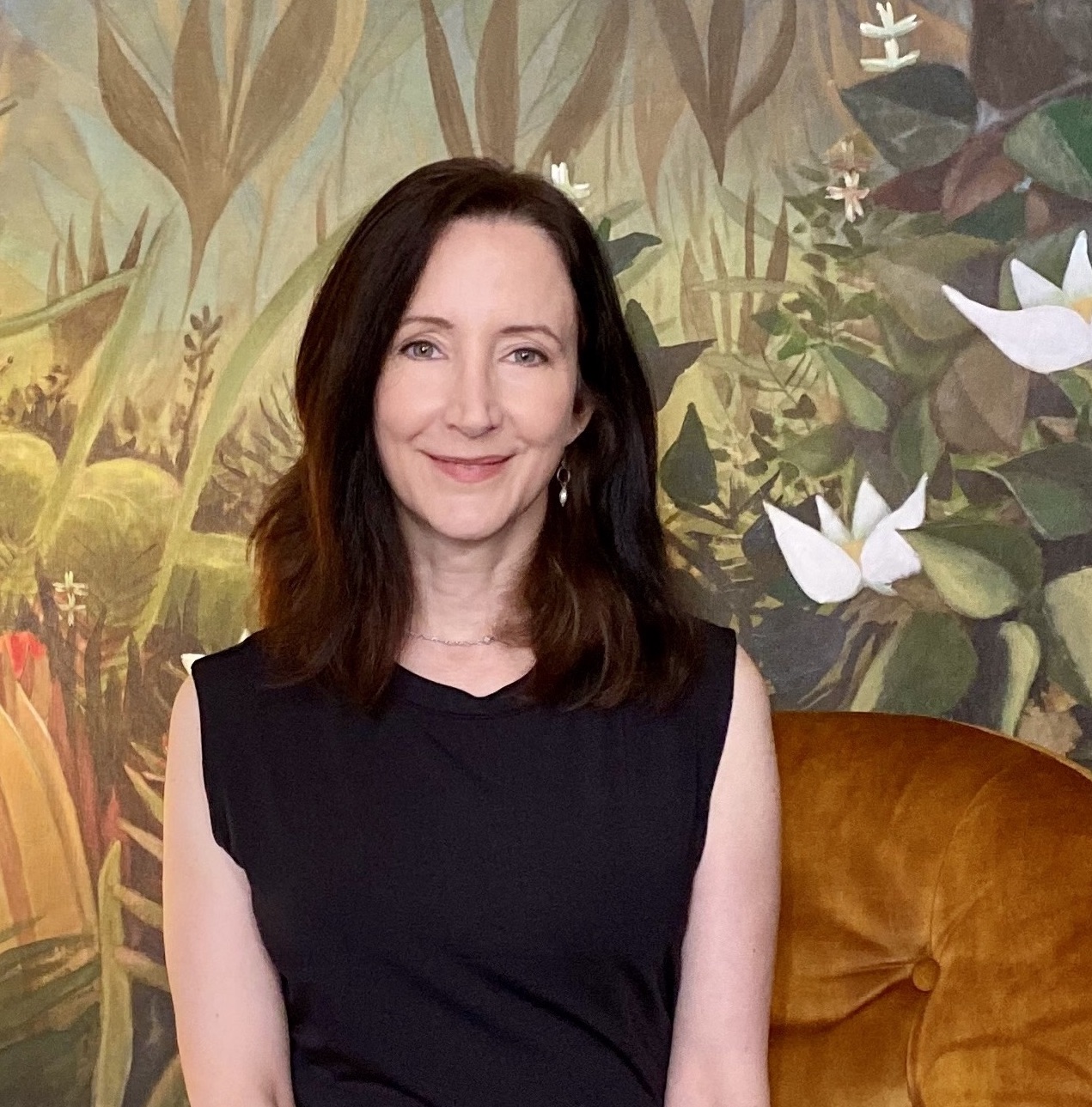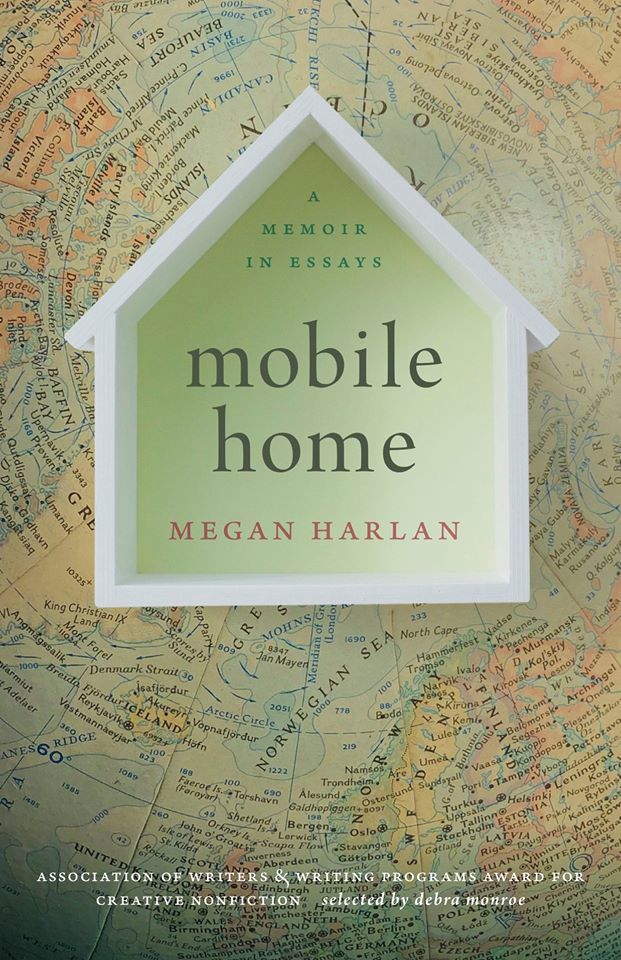On Winter Holidays in Brittany and the French idea of cozy.
By Megan Harlan
My family has spent the last three Christmases in Dinan. I say “Christmas” despite our total lack of religiosity, because our Christian heritage means winter holidays stuffed with Santa-based traditions and trappings. In California, my tree heaves under a silly number of inherited and gifted ornaments: from delicate glass angels to disco balls to Miss Piggy wearing a halo. I’ve always viewed the holiday’s pagan roots as a good thing: the long feasts and lighting of trees with candles to honor the Winter Solstice. And whether for spiritual or secular reasons, today everyone can join in the celebration.
French Christmas is a lighter, clearer, more sparkling affair than the classic American or British or German one. As an American kid who grew up overseas, I spent a memorable Christmas in London, home to the holiday’s Platonic ideal in my book, and another in Switzerland—in Zermatt, no less, and which lives on in my memory like a snowbound fairytale. Germany, England, and places like them created the holiday’s red-and-green color scheme and cultural textures that Americans recognize as “Christmasy”: Festoons of colorful strung lights and tinsel, a pine or spruce or fir topped with a star, sudden appearances of mistletoe and nutcrackers, egg nog and gingerbread.
France turns the color dial at that time of year, in Paris and in Brittany at least (places like Strasbourg near the German border sit firmly in the red-and-green Christmas camp). String lights are everywhere, but their color-scheme is completely different: Pale blue and creamy gold. It creates a fresher, calmer feeling in the long winter darkness, less busy and colorful but just as bright. And overall the atmosphere, while festive and lively, feels far, far less “commercial” than American Christmas—which should surprise no one, since America excels at “commercial” like nowhere else, no matter the time of year.
And my second-hometown of Dinan is fairly blanketed in lights, up and down historical streets within the medieval wall. These floating carpets of illumination draw visitors from around France and beyond.

Dinan’s Grand Rue at Christmas

Holiday lights along the Rue de la Chaux

La Promenade des Grands Fossés (with two Americans)
I’ve always loved this time of year, in part because I was a New Year’s Baby and so feel like high winter is—literally—my birthright. Most people seem to dread the winter holidays and despise January, but I’m deeply drawn to long cold nights all lit up. Northern cultures the world over have their own spins on cozying up in chilly weather: In Denmark we find the now-trendy candlelit ideal of hygge; Japan boasts the congenial warm-blanket-and-table tradition of kotatsu; and France offers us chaleureux—a sparkling word for cultivated warmth, light, and inviting-ness. While chaleureux may not be solely winter-specific, it never seems more evident and alive than in a town like Dinan around Christmas.
When in Brittany that time of year, my family takes cues from the French: we go light on gifts and focus on time well spent. And—bien sûr—this time often centers around food. The patisseries sell truly dazzling arrays of charming Christmas-themed sweets that taste even better than they look: like miniature bûches de Noël, the slightly more elegant term for “Yule logs,” buttercream infused with chocolate, vanilla, or caramel and rolled around sponge cake; little Santas and snowmen made of chewy macarons and silky buttercream; mille-feuilles (many-layered cake of puffy pastry and butter frosting) and profiteroles (cream puffs) decked out in red and gold.

bûches de Noēl and other delights

the mille-feuilles, profiteroles, and spiced cakes of Christmas
We cook simple meals at home and dine in our favorite restaurants—La Brick Rouge for delicious Vietnamese and French bistro dishes; Au Coin de la Breizh, our favorite crêperie (a big claim in Brittany, birthplace as it is of la crêpe); Le Tipazza for beautiful Moroccan comfort food; La Lycorne, a lovely Breton-style brasserie; and many others. We stop for tea and snacks in packed rooms at elegant Perlépampille and homey Harmonika.
And we take walks—long walks, by day and by night. All of this clears the mind in a way that staying home in California for the busy Christmas season rarely does. That time of year in Dinan, at the two-week hinge between my son’s school semesters, I often feel like we’ve escaped time itself for twelve or so days.
Tell a Frenchperson living in California that you regularly spend time in Brittany and they may laugh in your face. “Bah, you must love rain!” they’ll chortle, or something close. We live in a fog-belt in Northern California so it’s not like it’s all sunshine and palm trees down our way. In fact, weather in the inner San Francisco Bay Area and Northern Brittany is so similar, my phone weather app often shows identical conditions and temperature bands for weeks at a time. Rain may pour in winter months, but brilliant, clear days flash throughout.
On those days we’ll sometimes walk from Dinan to neighboring Léhon, a mile or so due south, another ancient castle town connected by the Rance River. One route is past Dinan’s port, seen here just before a recent Christmas:

Dinan’s port at midwinter

path from Dinan to Léhon along the River Rance
And with darkness falling around 4:30 p.m., we get to wander Dinan under plenty of moonlight. Those night walks through town can feel literally enchanting, as an unmistakeable sense of magic seems to rise around you. These photos capture a full midwinter moon as it lights up la Tour d’Horloge, the town’s famous wooden clocktower; the top of the steep and ancient Rue du Jerzual; and half-timbered buildings at the Place des Merciers:

Dinan’s circa-1400s clocktower

full moon over the Rue du Jerzual

the moonlit, medieval Place des Merciers
And I love that the town celebrates the Winter Solstice, marking the year’s longest night with fireworks shot from the castle. Perhaps it’s to honor some idea of the region’s old beliefs, a nod to a pre-Christian past that still bubbles up today. But for several minutes in midwinter, even Dinan’s sky sparkles.

le solstice d’hiver à Dinan










